-
Welcome to Tacoma World!
You are currently viewing as a guest! To get full-access, you need to register for a FREE account.
As a registered member, you’ll be able to:- Participate in all Tacoma discussion topics
- Communicate privately with other Tacoma owners from around the world
- Post your own photos in our Members Gallery
- Access all special features of the site
Rear Tire PSI when towing?
Discussion in 'Towing' started by BasicPainter, Oct 30, 2021.
Page 1 of 2
Page 1 of 2


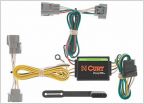 Trailer Light Convertor, What Brand Works.
Trailer Light Convertor, What Brand Works.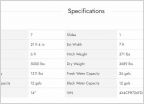 2016 Forest River RV Rockwood High Wall Series HW296
2016 Forest River RV Rockwood High Wall Series HW296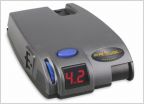 Less expensive brake controller
Less expensive brake controller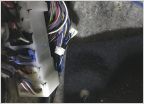 Tekonsha P3 Harness 3031-P
Tekonsha P3 Harness 3031-P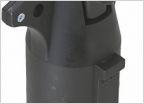 Buying Toyota trailer wiring harness
Buying Toyota trailer wiring harness Might pull the trigger tomorrow: Tow feedback please.
Might pull the trigger tomorrow: Tow feedback please.





































































